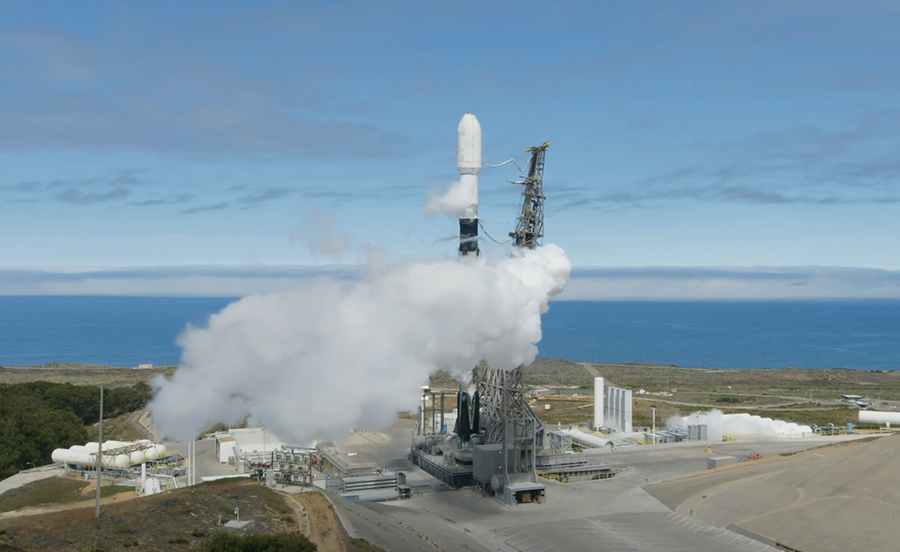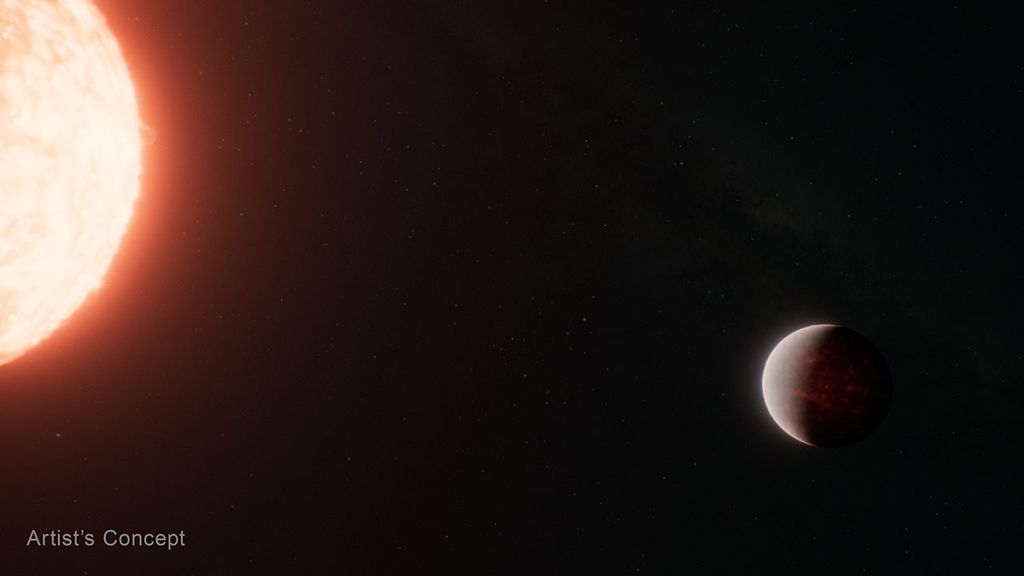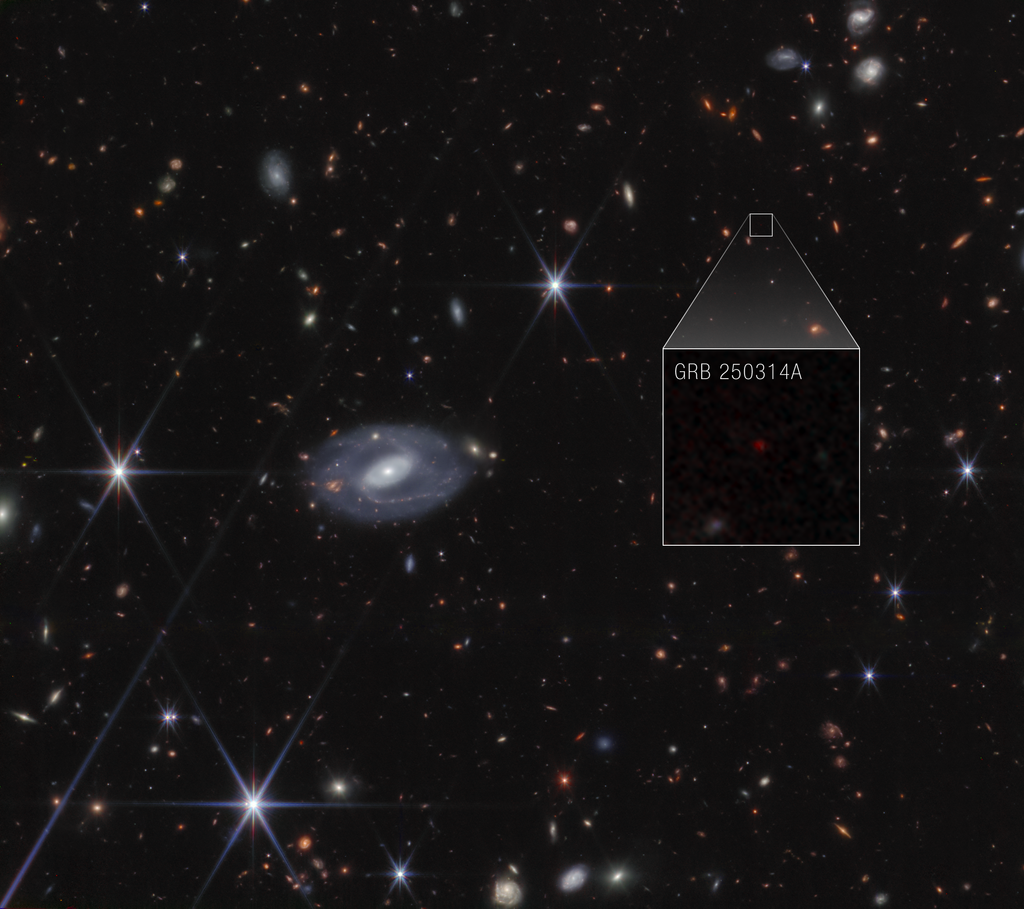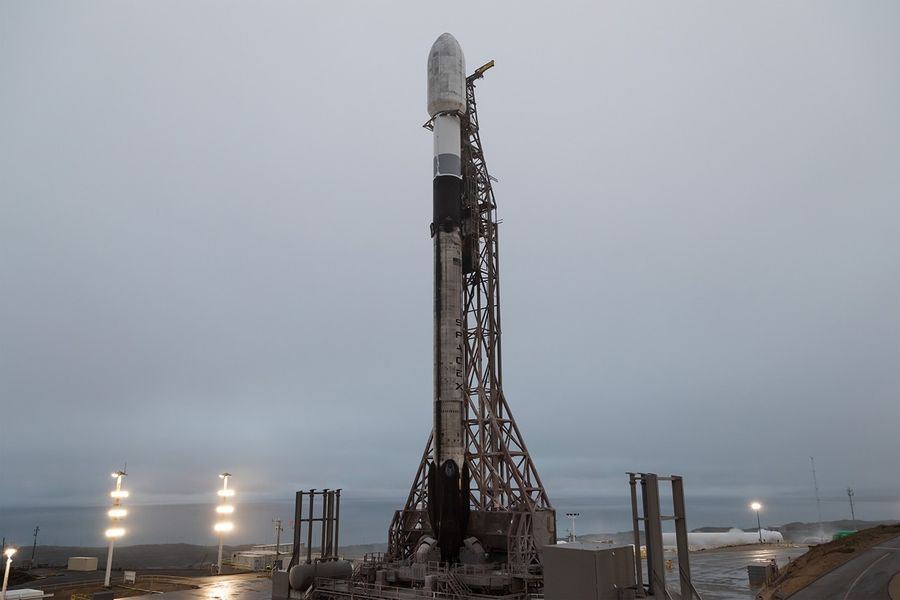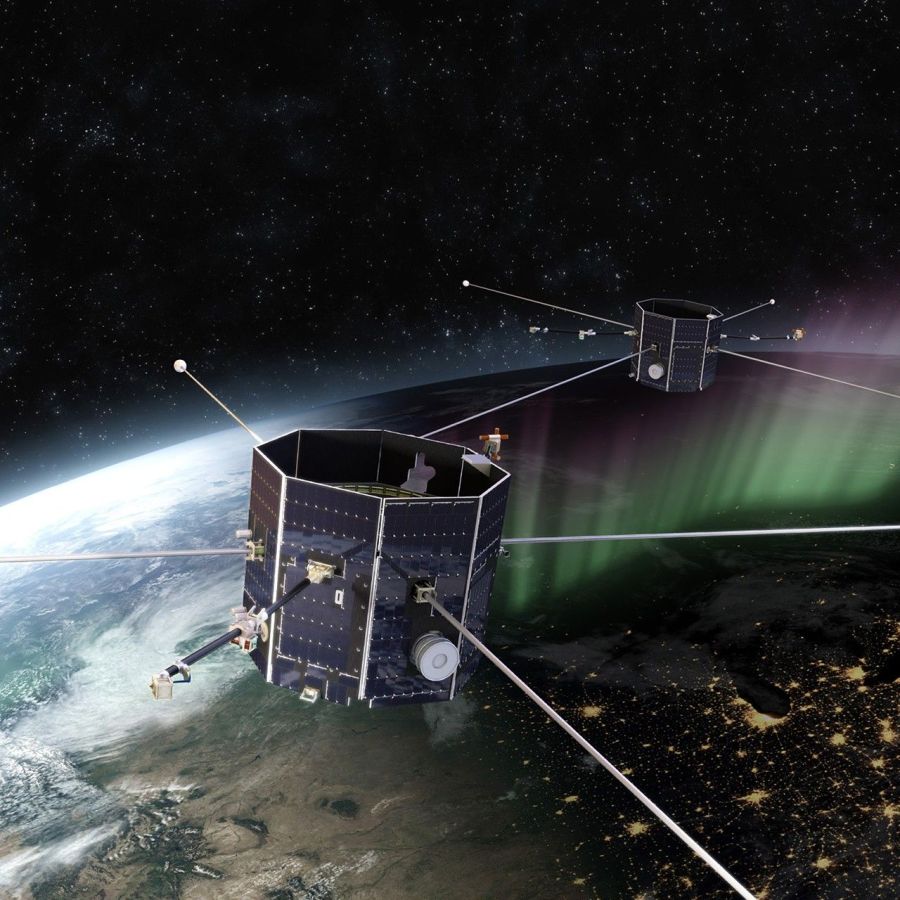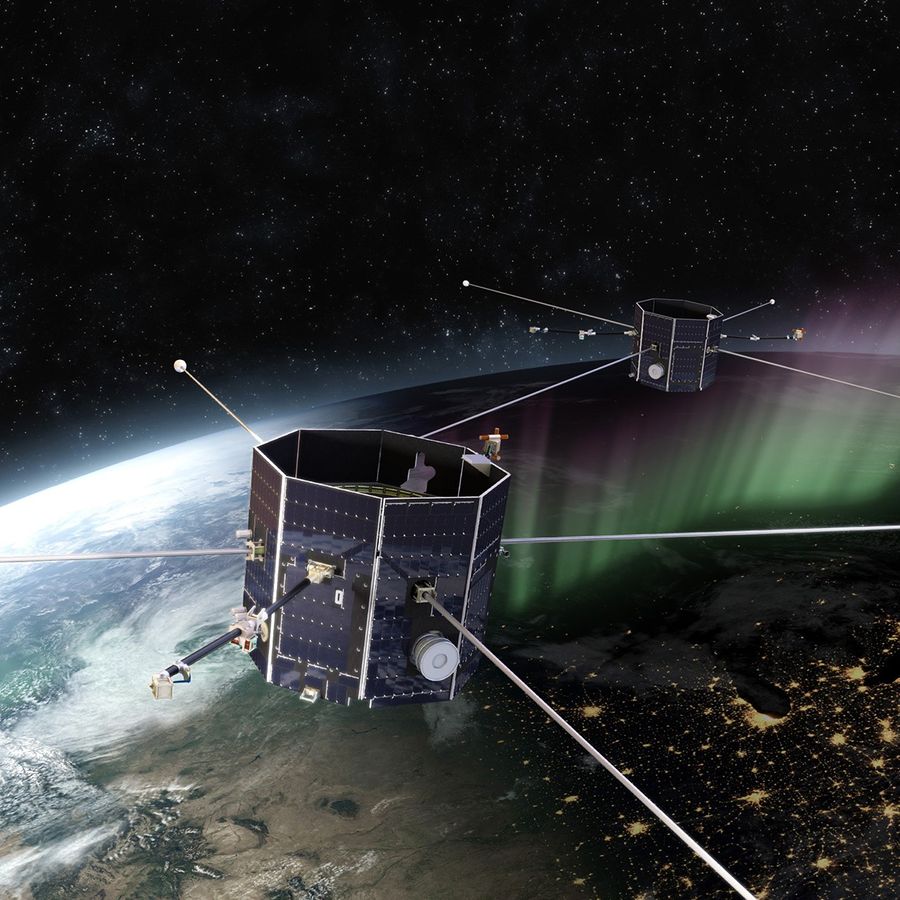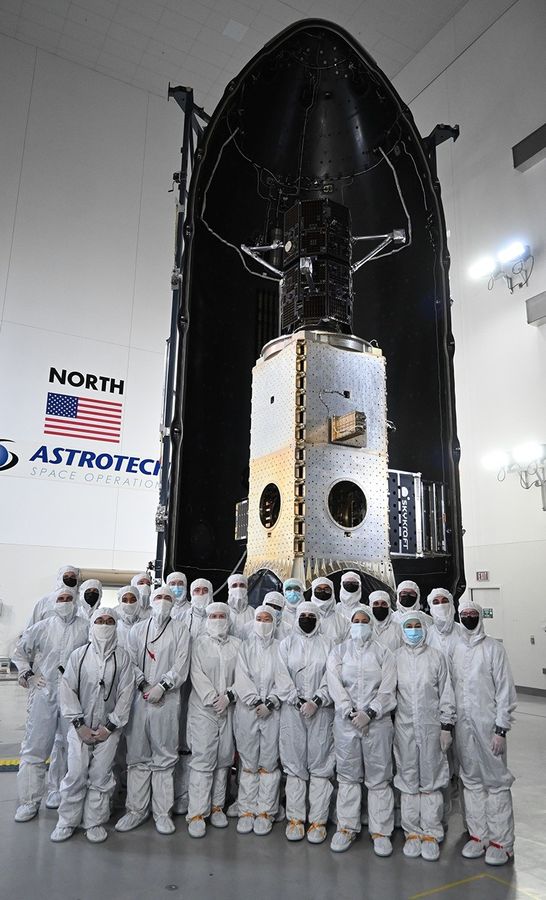NASA and SpaceX now are targeting no earlier than 2:13 p.m. EDT, (11:13 a.m. PDT) Wednesday, July 23, for launch of the agency’s TRACERS (Tandem Reconnection and Cusp Electrodynamics Reconnaissance Satellites) mission from Space Launch Complex 4 East at Vandenberg Space Force Base in California. The mission scrubbed on July 22 due to Federal Aviation Administration […]
NASA’s TRACERS Mission Scrubbed, July 23 Next Attempt
